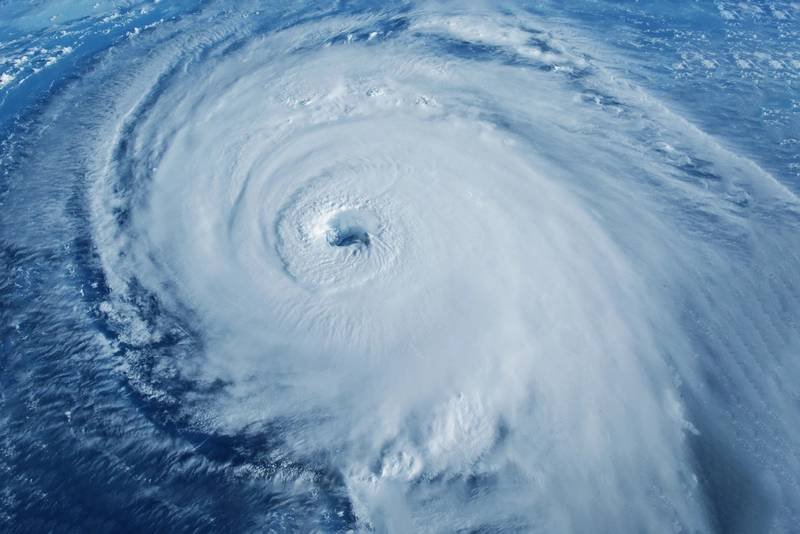Meteorologists at NOAA and the National Weather Service are predicting a more active 2024 Atlantic hurricane season due to above-average ocean temperatures and the emergence of La Niña conditions. The chance of above-normal hurricane activity during the season, which runs from June 1 to November 30, is 85 percent, the highest confidence level ever recorded for an above-normal seasonal forecast. The likelihood of normal activity is only 10 percent, while the odds of below-normal activity are at just 5 percent.
NOAA forecasters anticipate the development of 17 to 25 named storms with wind speeds of at least 40 mph, of which 8 to 13 may become hurricanes with wind speeds surpassing 120 km/h. Additionally, 4 to 7 of these hurricanes could strengthen into major hurricanes with wind speeds exceeding 110 mph. Factors contributing to this increase in hurricane activity include high ocean temperatures, La Niña conditions, weaker trade winds, and reduced wind shear – all favorable conditions for tropical storm formation.
The transition to La Niña conditions is expected to reduce wind shear in the tropics and support hurricane activity in the Atlantic, aided by abundant oceanic heat content in the region. The season may also experience a stronger West African monsoon, generating African easterly waves that can lead to intense storms in the Atlantic. Human-induced climate change, specifically the warming of oceans, is highlighted as a significant contributor to increased hurricane risks globally, including sea level rise and heightened storm surge threats.









